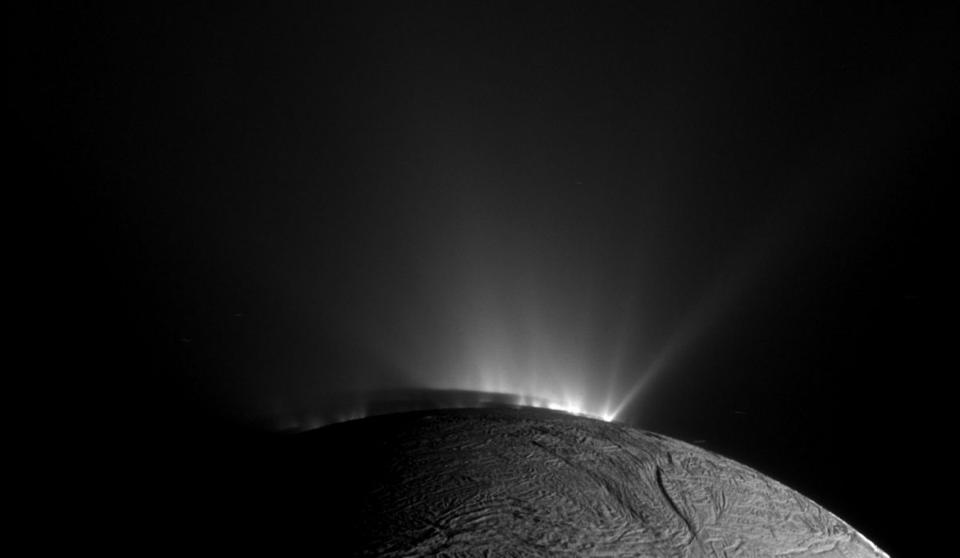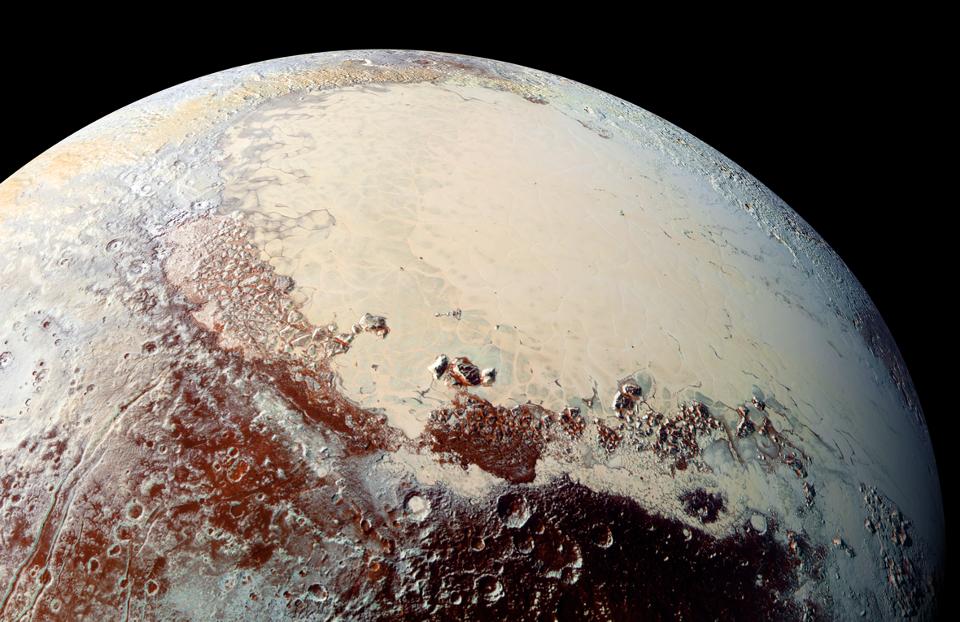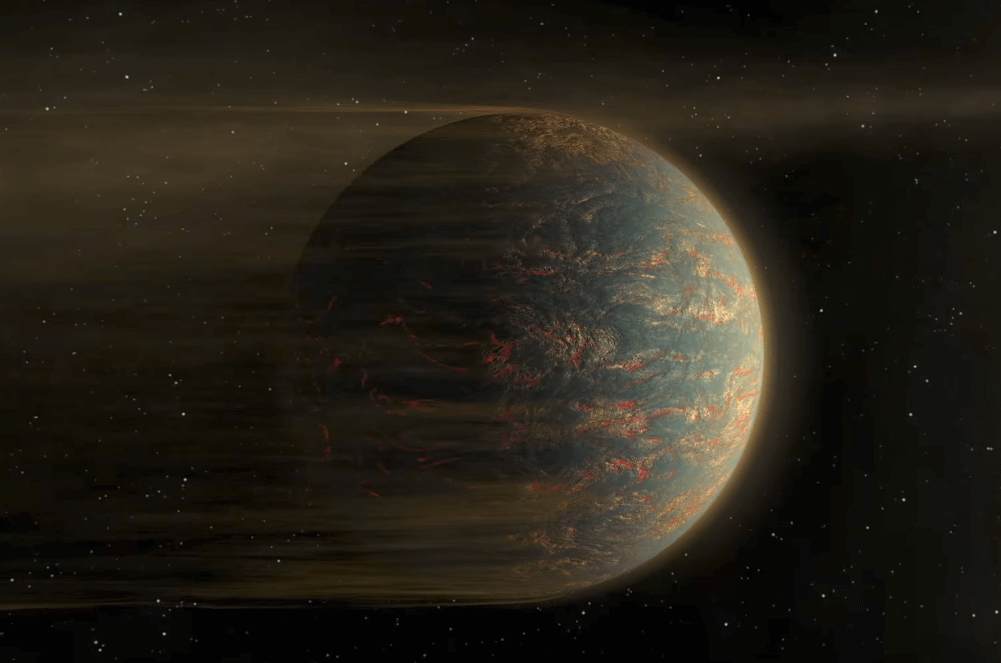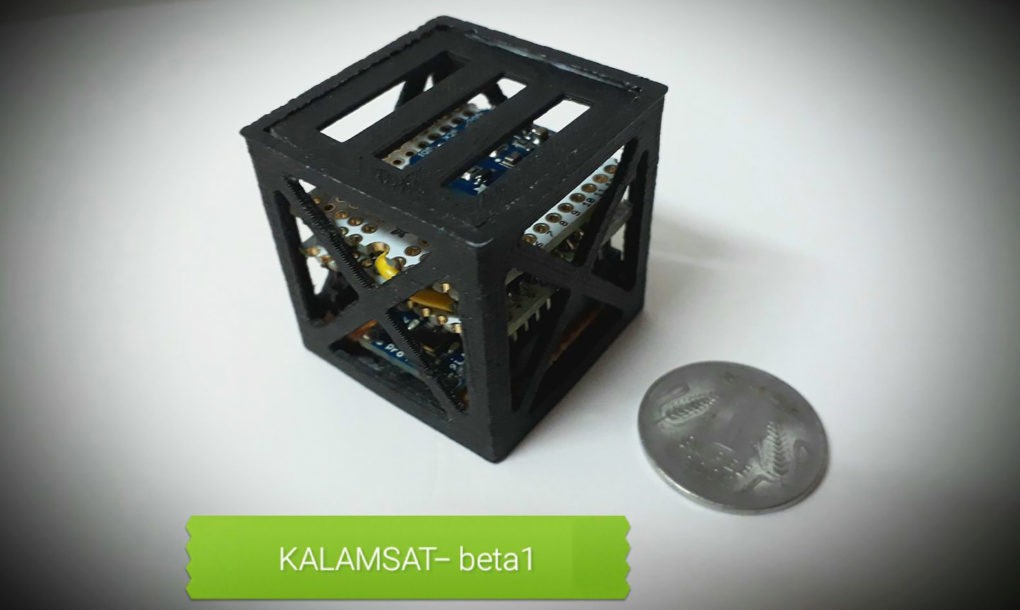Volcanoes on Earth are quite spectacular in their own right. They are significant features of natural beauty. However, in comparison to those found on other planets, they’re really quite dull. Take Mars for instance. Around 3.5 billion years ago a huge eruption occurred that forced much of the planet’s mantle onto the surface, causing it to tip by 20°.
Io is the innermost Galilean moon of Jupiter and it too is plagued with many a volcano. The gravitational pull of Jupiter and the other moons nearby are ripped apart within the heart of Io causing no end of eruptions, which cause the sulphurous particle to fly off into space. When they do they get bombarded by the incoming solar wind and Jupiter’s magnetosphere and as a result transform into a deadly ring of highly charged electrical particles.



There’s also the cryo-geysers of Enceladus, one of Saturn’s many moons as well as the cryovolcanoes of Titan. These ice volcanoes really are spectacular as they use water compound opposed to molten rock, yet are still driven by heat. But, the strangest of all the volcanoes in the Universe lie outside our own solar system. Their astronomers have discovered various exoplanets that have entire hemispheres of volcanic activity happening all at once.
One such example of these spectacular volcanic displays can be seen on 55 Cancri e, which is located 41-light years from Earth. Here, one orbit takes just 18 hours and a whole year on this planet is shorter than one of our days. The surface temperature of 55 Cancri e is estimated to be at least 2,000°C (3,600°F) which is way beyond the melting temperature of any rock we know about. This means that pretty much the whole world is a molten ball of rock. But, the imbalance of gravity has slowed down the exoplanet’s rotation so that it now only rotates once for every complete orbit. What this means is that the same face will always be pointing at the star, and the other always away from it.
It’s a situation known as tidal locking and happened to our own Moon, many million years ago and as a result, it means that the hemisphere facing the star will always remain molten while the other side is cold and dark. But the catch to having such massive temperature differences on the same planet, means powerful volcanoes erupting often and in a way far beyond what we experience in our own galaxy. The strangest part of it all is that because of the frigid atmosphere on the side of the shadows, lava that does spill into the sky here freezes into rock almost instantly, creating a rain of pebbles and boulders.
But, even older than 55 Cancri e is the exoplanet CoRoT-7b. This beauty is located 480 light-years from Earth and is another two-faced volcanic planet. Originally it was a massive gas giant like Jupiter, but at some time after it formed it drifted towards a nearby star leaving it deprived of its gassy atmosphere and as a result transformed into a tidally locked, two-faced volcanic world.
More News to Read











